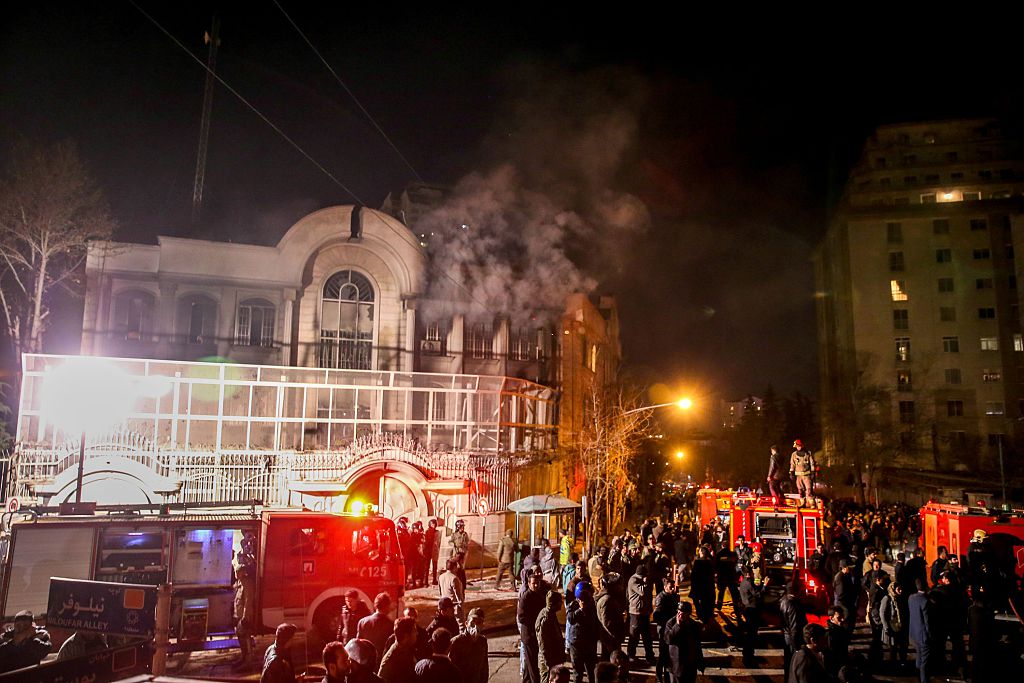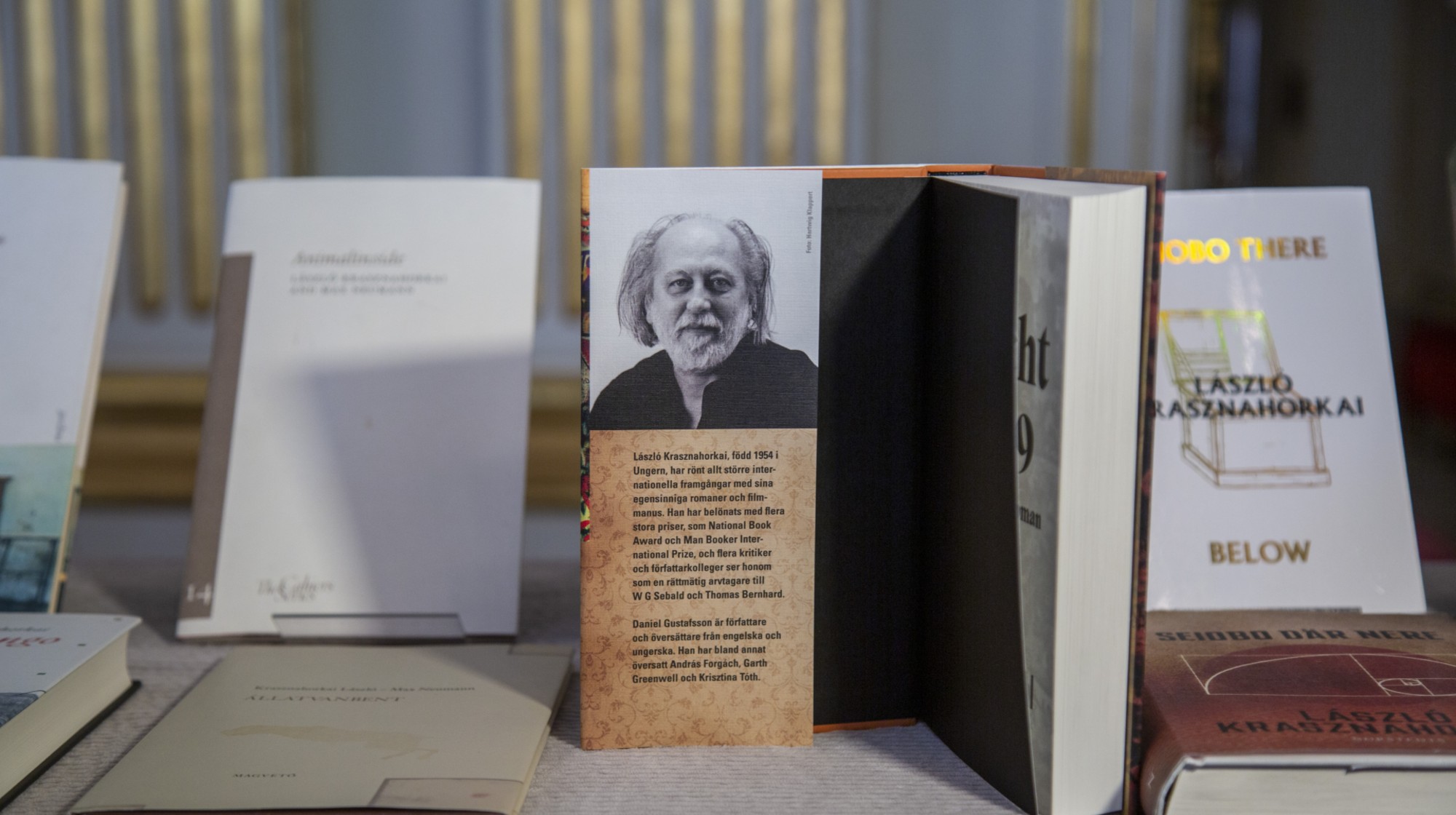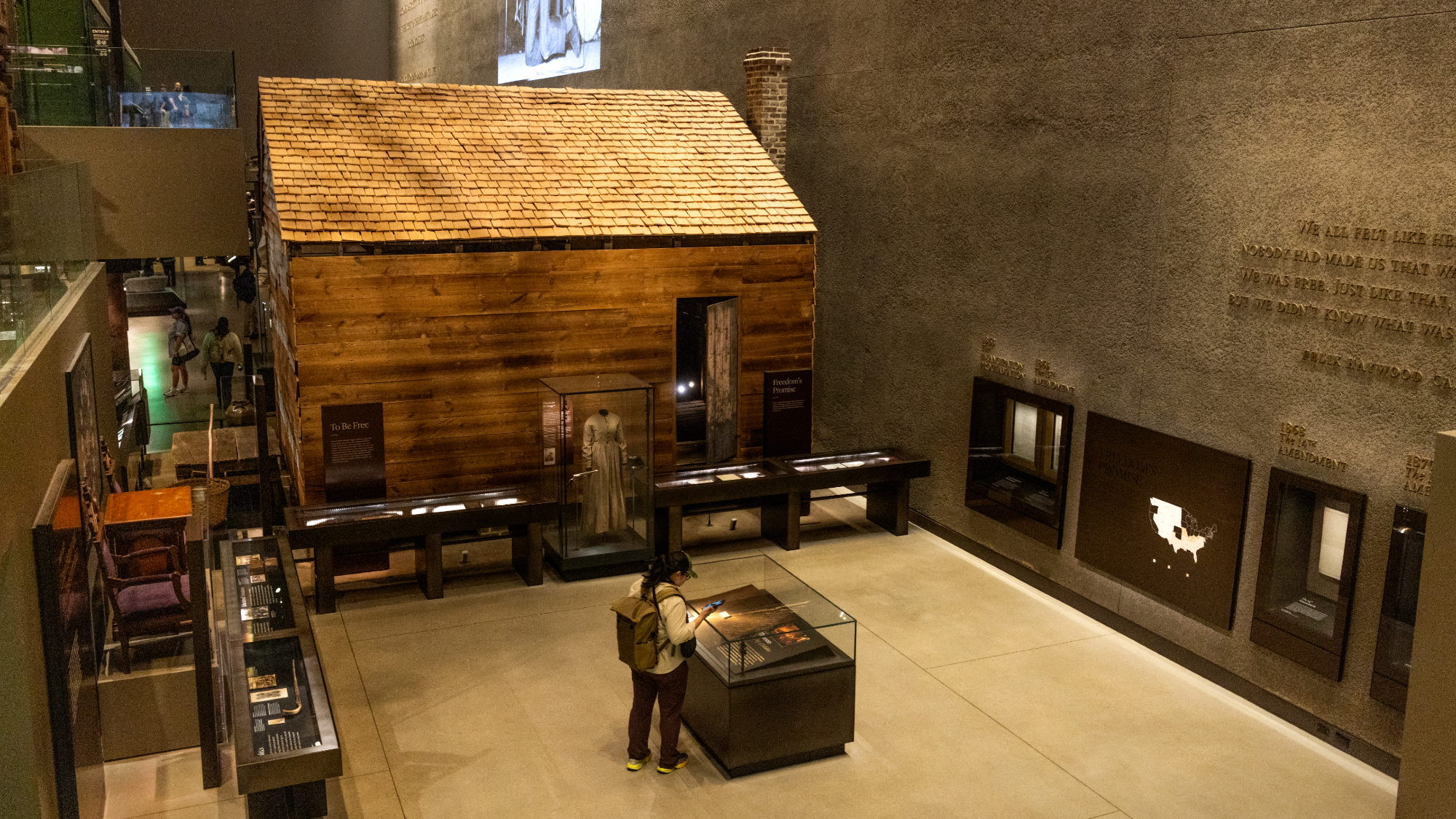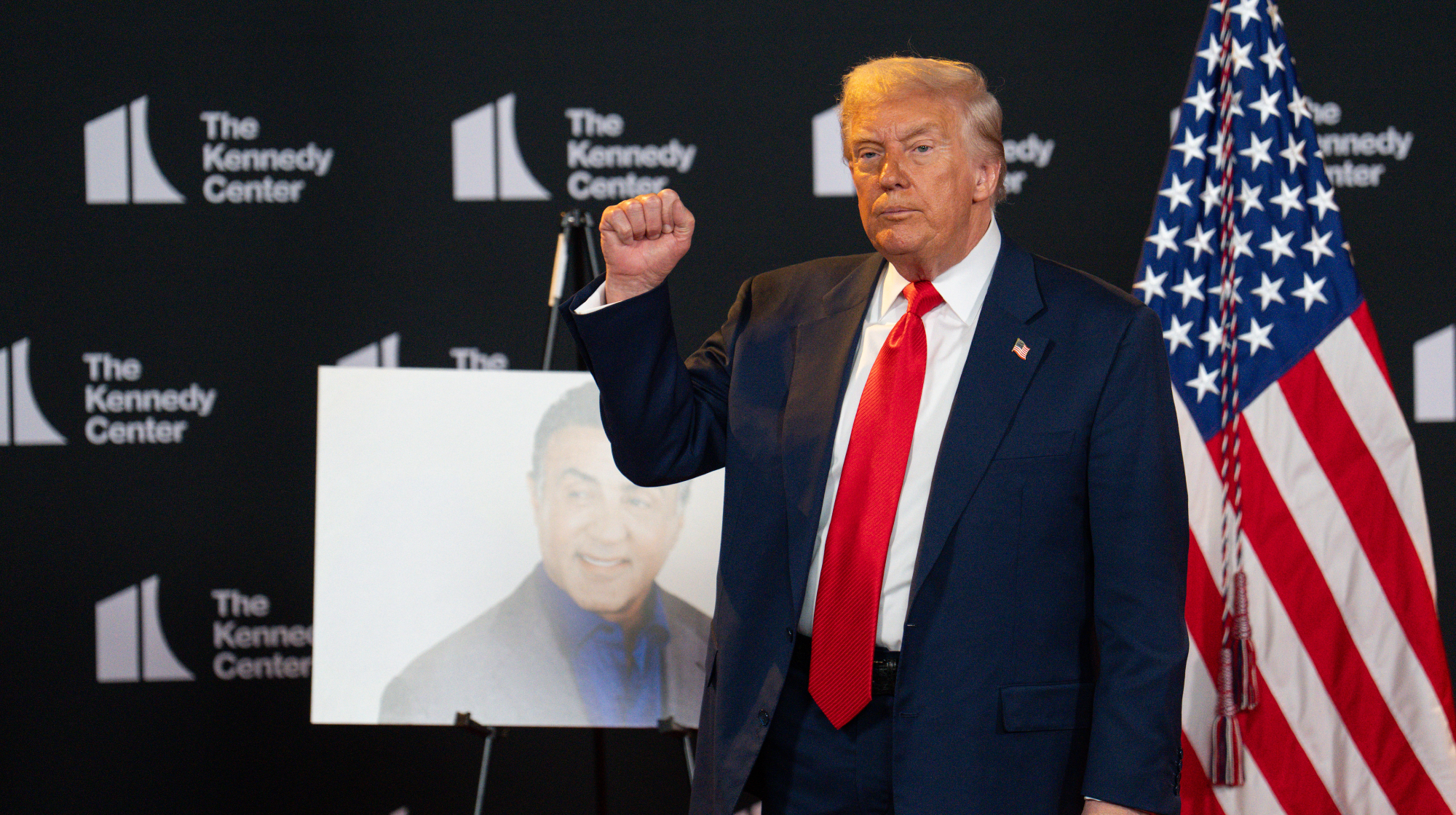Iran is starting to think it may have fallen into Saudi Arabia's trap


When Iran learned that Saudi Arabia had beheaded a prominent Shiite cleric, Sheikh Nimr al-Nimr, on Saturday, "the Shiite theocracy in Iran took it as a deliberate provocation by its regional rival and dusted off its favored playbook, unleashing hard-liner anger on the streets," says The New York Times. After Iranian protesters torched the Saudi embassy in Tehran and another Saudi diplomatic outpost in Iran, however, "Iranian leaders are suddenly forced to reckon with whether they played into the Saudis' hands," letting Riyadh gain "the upper hand in the new diplomatic crisis" instead of capitalizing on "global outrage" at Saudi Arabia's execution of al-Nimr and 46 other prisoners.
On Tuesday, Kuwait said it has recalled its ambassador to Iran, following moves by the United Arab Emirates — a key Iranian trading partner — to downgrade diplomatic ties and by Saudi Arabia, Bahrain, and Sudan to sever them. Late Monday, the United Nations Security Council strongly condemned the Iranian attack on the Saudi embassy without mentioning the execution of Nimr, and Iran vowed in a letter to the U.N. that it will find and punish those who carried out the attack.
The Saudis "knew we couldn't look the other way,” Fazel Meybodi, a cleric from the Iranian holy city of Qum, told The New York Times. “Saudi Arabia killed Mr. al-Nimr at this sensitive juncture in time to widen the gap between Sunni and Shiite Muslims.... Unfortunately they had predicted our overreaction, and now they are using it against us to try to isolate Iran once again."
The Week
Escape your echo chamber. Get the facts behind the news, plus analysis from multiple perspectives.

Sign up for The Week's Free Newsletters
From our morning news briefing to a weekly Good News Newsletter, get the best of The Week delivered directly to your inbox.
From our morning news briefing to a weekly Good News Newsletter, get the best of The Week delivered directly to your inbox.
The diplomatic spat, at a time when Iran was supposed to be basking in normalizing relations and unfrozen billions tied to the nuclear deal, is seen favoring Iranian hard-liners over the more moderate faction led by President Hassan Rouhani in February elections. On Tuesday, Rouhani accused the Saudis of taking its "strange action and cut off its diplomatic relation... to cover its crimes of beheading a religious leader in its country." Undoubtedly, he added, "such actions can't cover up that big crime."
A free daily email with the biggest news stories of the day – and the best features from TheWeek.com
Peter has worked as a news and culture writer and editor at The Week since the site's launch in 2008. He covers politics, world affairs, religion and cultural currents. His journalism career began as a copy editor at a financial newswire and has included editorial positions at The New York Times Magazine, Facts on File, and Oregon State University.
-
 US citizens are carrying passports amid ICE fears
US citizens are carrying passports amid ICE fearsThe Explainer ‘You do what you have to do to avoid problems,’ one person told The Guardian
-
 All roads to Ukraine-Russia peace run through Donetsk
All roads to Ukraine-Russia peace run through DonetskIN THE SPOTLIGHT Volodymyr Zelenskyy is floating a major concession on one of the thorniest issues in the complex negotiations between Ukraine and Russia
-
 Why is Trump killing off clean energy?
Why is Trump killing off clean energy?Today's Big Question The president halts offshore wind farm construction
-
 A peek inside Europe’s luxury new sleeper bus
A peek inside Europe’s luxury new sleeper busThe Week Recommends Overnight service with stops across Switzerland and the Netherlands promises a comfortable no-fly adventure
-
 Son arrested over killing of Rob and Michele Reiner
Son arrested over killing of Rob and Michele ReinerSpeed Read Nick, the 32-year-old son of Hollywood director Rob Reiner, has been booked for the murder of his parents
-
 Rob Reiner, wife dead in ‘apparent homicide’
Rob Reiner, wife dead in ‘apparent homicide’speed read The Reiners, found in their Los Angeles home, ‘had injuries consistent with being stabbed’
-
 Hungary’s Krasznahorkai wins Nobel for literature
Hungary’s Krasznahorkai wins Nobel for literatureSpeed Read László Krasznahorkai is the author of acclaimed novels like ‘The Melancholy of Resistance’ and ‘Satantango’
-
 Primatologist Jane Goodall dies at 91
Primatologist Jane Goodall dies at 91Speed Read She rose to fame following her groundbreaking field research with chimpanzees
-
 Florida erases rainbow crosswalk at Pulse nightclub
Florida erases rainbow crosswalk at Pulse nightclubSpeed Read The colorful crosswalk was outside the former LGBTQ nightclub where 49 people were killed in a 2016 shooting
-
 Trump says Smithsonian too focused on slavery's ills
Trump says Smithsonian too focused on slavery's illsSpeed Read The president would prefer the museum to highlight 'success,' 'brightness' and 'the future'
-
 Trump to host Kennedy Honors for Kiss, Stallone
Trump to host Kennedy Honors for Kiss, StalloneSpeed Read Actor Sylvester Stallone and the glam-rock band Kiss were among those named as this year's inductees
